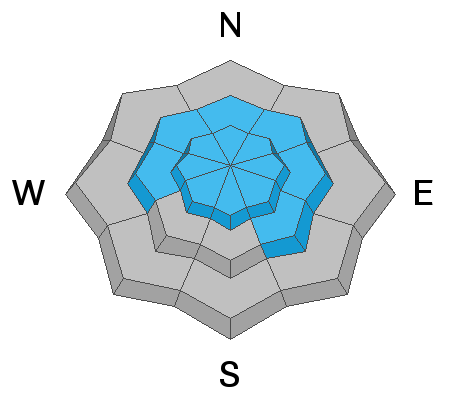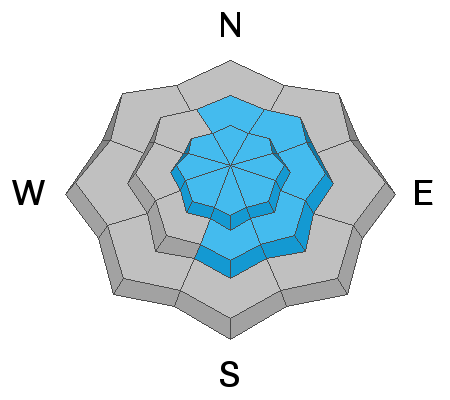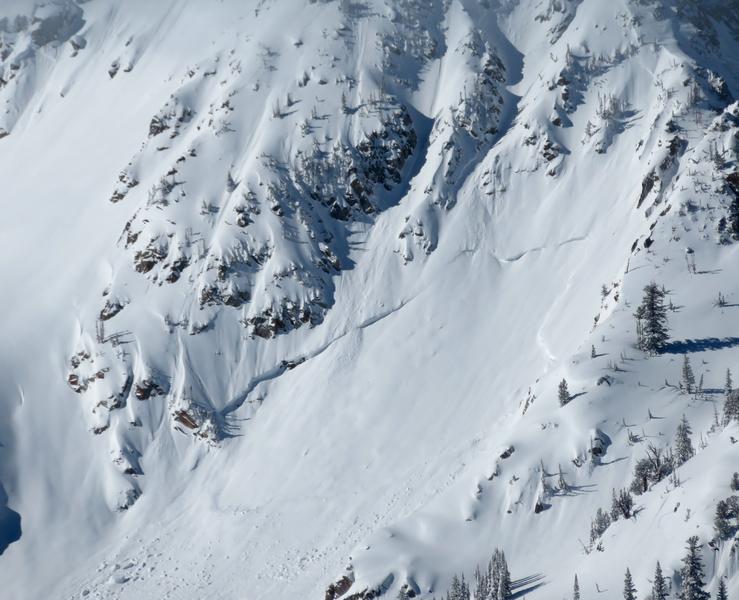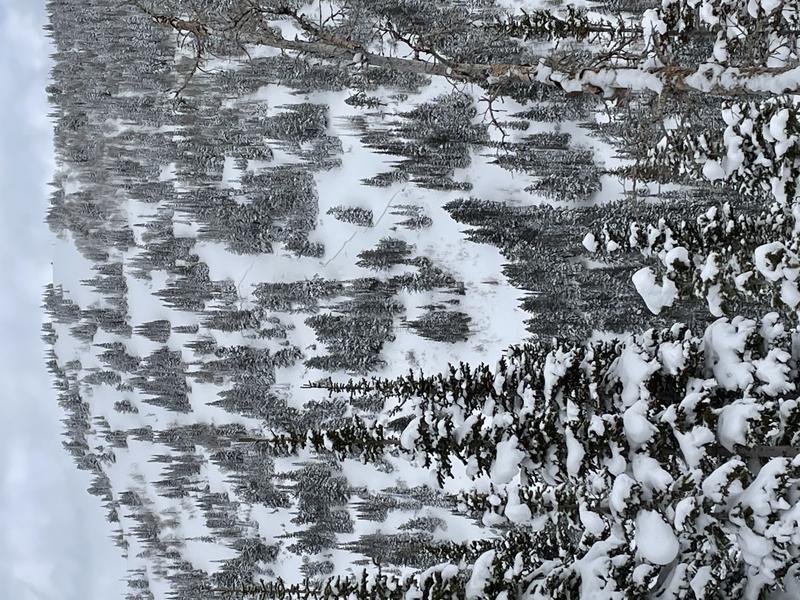Forecast for the Provo Area Mountains

Issued by Nikki Champion on
Tuesday morning, February 23, 2021
Tuesday morning, February 23, 2021
Areas of CONSIDERABLE avalanche danger exist on many slopes at the mid and upper elevations. Considerable means that dangerous human-triggered avalanches are likely. The danger is most prevalent on the west to north to southeast facing slopes where weak faceted snow exists and on any recently wind drifted terrain. Cornices are to be avoided.
If the winds die down, wet avalanches could be possible on the steeper sunlit slopes with clearing skies today - pay attention to changing conditions.
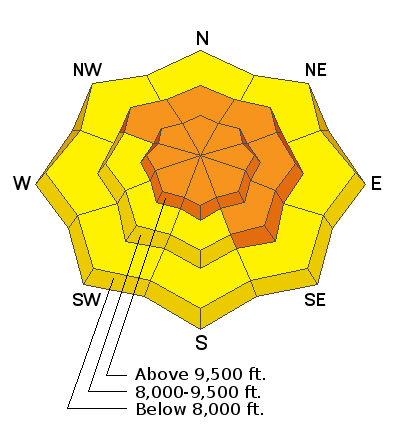
Low
Moderate
Considerable
High
Extreme
Learn how to read the forecast here


